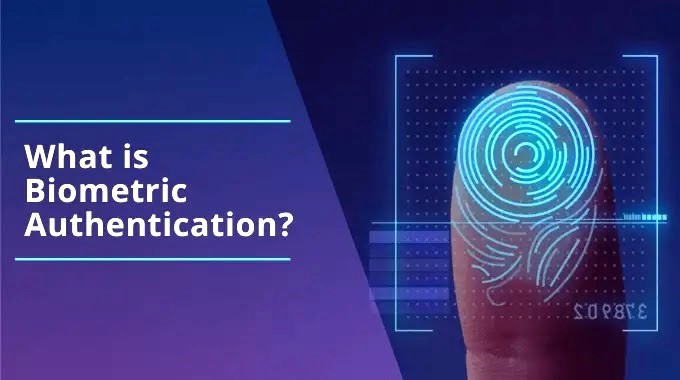Biometric Authentication: In the ever-evolving landscape of cybersecurity and digital identity verification, Biometric Authentication has emerged as a revolutionary and highly secure method of ensuring only authorized access to sensitive information. This article will delve deep into the world of Biometric Authentication, exploring its applications, advantages, and challenges. From fingerprint recognition to facial scanning, voice authentication, and beyond, we’ll uncover how this technology is shaping the future of digital security.
Understanding Biometric Authentication
Biometric authentication is a robust security measure that relies on unique biological or behavioral characteristics to verify an individual’s identity. These characteristics include fingerprints, retina patterns, voice, and more.
The Advantages of Biometric Authentication
Biometric authentication offers unparalleled advantages, such as enhanced security, convenience, and scalability. It eliminates the need for passwords, reducing the risk of data breaches.
Biometric Authentication Methods
This section explores various biometric authentication methods, including fingerprint recognition, facial recognition, iris scanning, and voice authentication, highlighting their strengths and weaknesses.
Applications of Biometric Authentication
Biometric authentication is used in diverse sectors, from finance and healthcare to government and mobile devices. We’ll discuss real-world applications and their impact.
Challenges and Concerns
While biometric authentication is highly secure, it is not without its challenges. This chapter addresses privacy concerns, potential vulnerabilities, and the need for robust security measures.
Biometrics in Everyday Life
Learn how biometric authentication is becoming a part of our daily lives, from unlocking smartphones to accessing bank accounts and even checking in at airports.
Biometrics in the Future
The future holds exciting possibilities for biometric authentication, including AI-driven enhancements, multi-modal biometrics, and its role in IoT security.
Compliance and Regulations
Discover the regulatory landscape surrounding biometric data, including GDPR, HIPAA, and other data protection laws that govern its usage.
Advancements in Biometric Technology
This chapter explores recent innovations in biometric technology, such as 3D face recognition, emotion detection, and gait analysis.
FAQs
Q: What is biometric authentication?
A: Biometric authentication is a security method that uses unique biological or behavioral characteristics to verify a person’s identity.
Q: Is biometric authentication more secure than passwords?
A: Yes, biometric authentication is considered more secure as it relies on physical traits that are difficult to replicate.
Q: What are the common biometric authentication methods?
A: Common methods include fingerprint recognition, facial recognition, iris scanning, and voice authentication.
Q: Can biometric data be hacked or stolen?
A: While rare, biometric data breaches can occur, emphasizing the importance of robust security measures.
Q: How does biometric authentication improve user experience?
A: Biometric authentication is convenient, eliminating the need to remember passwords or PINs.
Q: Are there any privacy concerns with biometric authentication?
A: Yes, privacy concerns exist, particularly regarding the storage and use of biometric data.
Q: What industries use biometric authentication?
A: Biometric authentication is used in finance, healthcare, government, and various other sectors.
Q: What are multi-modal biometrics?
A: Multi-modal biometrics combine multiple biometric methods for enhanced security.
Q: What advancements are expected in biometric technology?
A: Expect advancements in AI-driven enhancements, emotion detection, and wearable biometrics.
Q: How can organizations ensure compliance with biometric data
regulations?
A: Organizations should follow data protection laws like GDPR and HIPAA and implement strong security measures.
Conclusion:
Biometric authentication stands as a powerful and secure tool in the realm of digital identity verification. With its numerous advantages and ongoing innovations, it’s set to play a central role in the future of digital security. Embrace the world of biometrics and unlock a safer and more convenient digital future.
